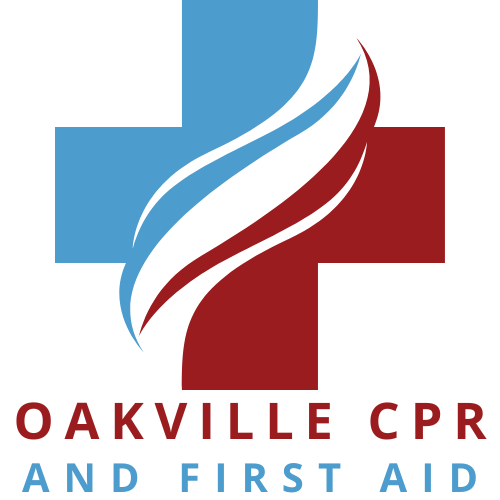Understanding the Difference Between CPR Levels A, C, and BLS: Which Level is Suitable for Your Profession?
Cardiopulmonary Resuscitation (CPR) stands as a critical life-saving technique, particularly in moments of crisis where swift action can tip the scales between life and death. Yet, CPR training isn't a one-size-fits-all solution; it's tailored to meet the diverse needs of various professions. Unfortunately, the array of CPR levels often leaves individuals uncertain about which certification suits their occupational requirements. This confusion not only leads to frustration but also delays in certification attainment, potentially putting lives at risk. To streamline this process, we've outlined common professions associated with each CPR level, though it's imperative to verify specific requirements with your employer or school administration.
In this article, we'll dissect the disparities between CPR levels A, C, and Basic Life Support (BLS), shedding light on their distinct focuses and the professions typically necessitating each level.
CPR Level A focuses on basic life-saving techniques for adults only suitable for laypersons, including family members, friends, and members of the general public. Training at this level covers essential skills such as recognizing an emergency, assessing the victim's condition, providing chest compressions, and performing rescue breaths. It is particularly designed for individuals who do not work in healthcare-related professions.
Professions that typically require CPR Level A:
- Office workers
- Security guards
- Fitness instructors
- Retail employees
CPR Level C Most popular level as it incorporates all components of Level A, but with additional emphasis on adult, child, and infant CPR techniques. Participants gain a more comprehensive understanding of resuscitation techniques for different age groups. This level is particularly relevant for workers who interact with children, such as childcare providers and educational professionals. This level is the most common course due to the additional age categories.
Professions that typically require CPR Level C:
- Massage Therapist
- Teachers
- Coaches
- Daycare workers
- Construction workers
BLS is a more advanced form of CPR used primarily in healthcare settings. It encompasses a broader range of life-saving skills, including CPR with ventilation support, AED usage, and techniques for managing choking and conscious/unconscious adult, child, and infant patients. BLS certification is typically required for healthcare professionals who work directly with patients in emergency situations.
Professions that typically require Basic Life Support (BLS):
- Paramedics
- Emergency Medical Technicians (EMTs)
- Registered Nurses (RN)
- Personal Support Workers
- Respiratory Therapists
Identifying the right CPR training level for your profession is pivotal in fostering effective emergency response. By aligning with the certification level suited to your occupation, you empower yourself with the requisite skills to administer life-saving aid when every second counts. Remember, CPR proficiency isn't just a professional obligation – it's a commitment to safeguarding lives and championing safety within your community. At Oakville CPR and First Aid, we're dedicated to facilitating comprehensive CPR training, tailored to meet your specific needs. Whether you're a layperson seeking foundational skills or a healthcare professional pursuing advanced proficiency, we're here to guide you through your certification journey.
Don't delay; invest in your CPR training today and become a beacon of hope in times of crisis. Join us at Oakville CPR and First Aid, where every certification paves the way for potential life-saving interventions.




